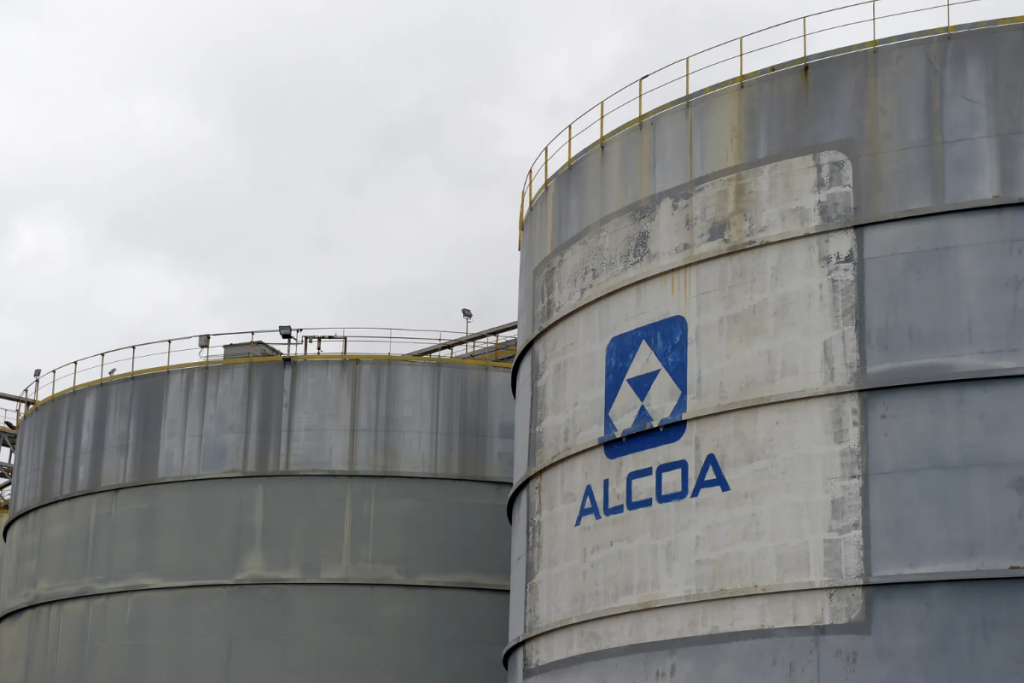When U.S. tariffs on Canadian aluminum doubled in June, Alcoa acted fast. It rerouted over 100,000 metric tons of metal to global buyers, protecting margins and adjusting exposure. But that flexibility only applied to a fraction of its output. The rest was locked into fixed-volume contracts with U.S. customers.
This situation has become a live case study in how commercial terms can override operational logic, and how contract structure is shaping the real limits of supply chain resilience.
In Brief:
• 100,000+ metric tons of Canadian aluminum redirected to avoid 50% U.S. tariffs
• Only 30% of Alcoa’s Canadian output was available for reallocation
• The remaining 70% was committed to U.S. customers on fixed contracts, limiting price and volume flexibility
• Margin losses resulted from tariff cost increases outpacing contract repricing
Fixed Commitments, Shifting Policy
Alcoa moved quickly after Section 232 tariffs rose from 25% to 50%. Volume was redirected out of the U.S. to customers in other regions where netbacks were stronger. The redirection covered only the portion of production not tied to annual contracts.
Roughly 70% of Canadian output remained fixed under U.S. customer agreements. These contracts could not be altered or rerouted. Even as tariff costs rose, the pricing terms didn’t adjust fast enough to protect margin.
In the second quarter, tariff-related costs increased by $115 million. Only $60 million in pricing uplift was recovered through market premiums. The gap hit committed volumes directly, compressing margins on contracted shipments.
Downstream Exposure Starts with Supplier Terms
Alcoa’s situation affects more than metals producers. Many downstream manufacturers source aluminum through converters, processors, or packaging partners that operate under similar fixed-volume contracts.
When upstream suppliers face constraints, those effects travel quickly through to Tier-2 and Tier-3 layers. Price mismatches can appear within a single quarter. Flexibility becomes limited not by operational capacity, but by contract structure.
Twelve-month agreements that once provided stability are now adding exposure during policy-driven shocks. The ability to reroute, reprice, or pause volumes often depends on terms that were locked before conditions changed.
Contract Architecture Now Affects Risk Control
Supply chain leaders are increasingly being pulled into commercial structuring decisions. Indexed pricing, location flexibility, and trade-policy reopener clauses are being built into new contracts to manage exposure across volatile cycles.
These aren’t finance or procurement-led changes. They are operational risk controls that define whether sourcing teams can respond when the market moves.
Alcoa had global buyers and logistics options in place. What limited the response wasn’t infrastructure or visibility, it was obligation. That distinction is now front of mind for many companies reshaping their sourcing frameworks.
Agility Begins Before the Shock Hits
Trade disruption often moves faster than pricing logic. When that happens, companies need both the operational levers and the contractual permissions to act. Alcoa’s case shows how quickly mismatches can emerge when contracts lag behind conditions.
Commercial flexibility has become a supply chain design variable. Agreements that don’t allow for movement, pricing variation, or geographic fallback carry growing downside risk. In volatile markets, fixed is rarely safe.



